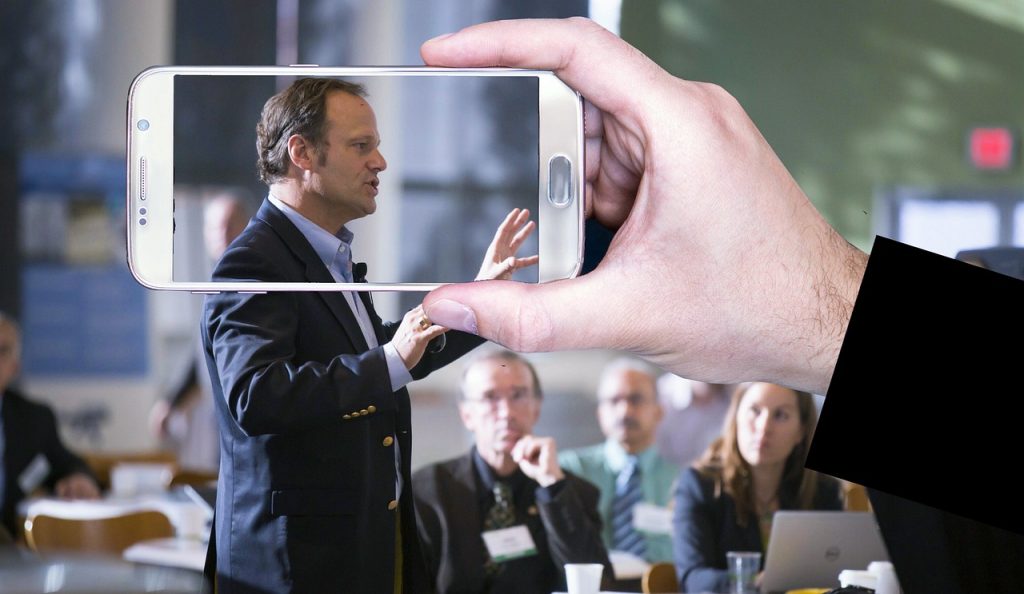It happens again and again: Unexplained credit card charges appear on the bank statement. Often, such transactions are the result of fraudulent activities, explain consumer protection experts. It is not uncommon for those affected to fall victim to so-called phishing e-mails.
Scammers use fake e-mails to ask their victims to click on a link in the message and then enter certain data on a form. Required bank or credit card details are requested, which are then used for fraudulent purposes.
Therefore, it is important to check account statements regularly. Unauthorized debits can still be reversed up to eight weeks after they have been debited. And: Do not carelessly click on links in e-mails. Many phishing e-mails look as if they were sent by a bank. Recipients can ask the sender if the e-mail is really from him.
Good to know: Previously, scammerss could make payments on the Internet simply by knowing a credit card’s card and verification number and expiration date. Now, however, so-called two-factor authentication applies to credit card payments. This means that payments must be approved with two independent factors – for example, the credit card and an additional transaction number (TAN).
- source: k.at/picture: pixabay.com
This post has already been read 1644 times!



